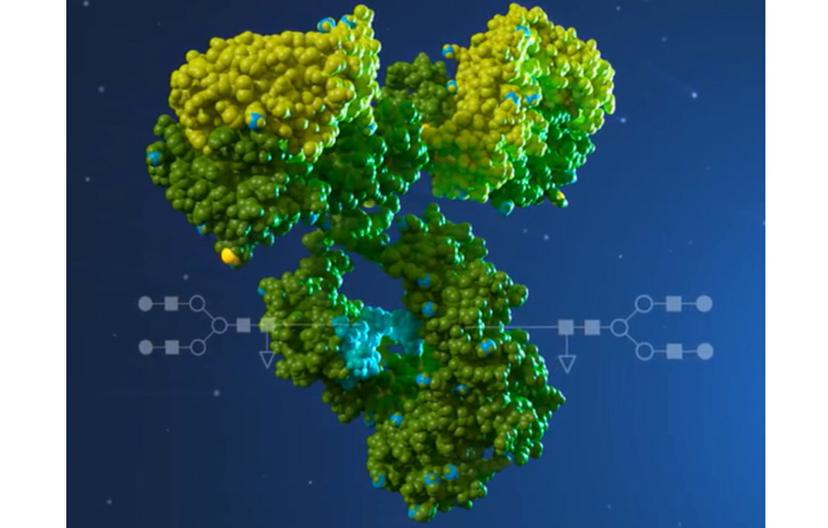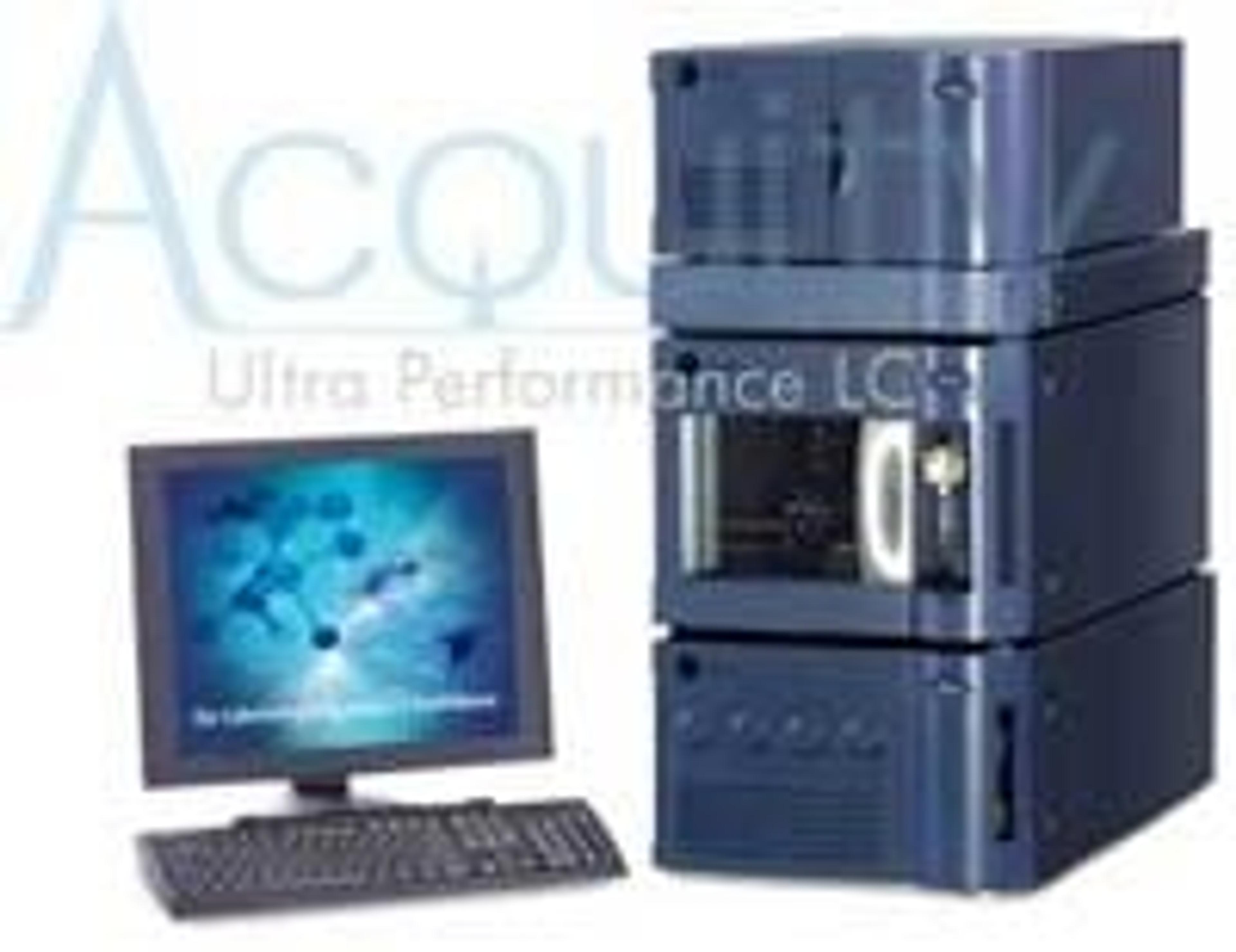How Analytical Techniques Accelerate the Field of Glycomics
Dr. Pauline Rudd explains why glycosylation matters, how it is measured using tandem analytical methods, and the potential that glycobiology has in therapeutics
10 Jan 2018


In this SelectScience® interview, Dr. Pauline Rudd, a glycobiologist at National Institute for Bioprocessing Research and Training (NIBRT), explains why glycosylation matters and how she developed a system of tandem analytical methods – ultra-performance liquid chromatography (UPLC) and mass spectrometry (MS) – to examine and characterize the serum glycome.
More than 50% of eukaryotic proteins are glycosylated and influence protein folding, targeting and ligand binding. “Genetics is where everything begins, and the glycosylation is where it completes. When proteins are generated, the addition of glycans is really the last thing to happen to them,” says Rudd, whose tryst with glycobiology began in school when she started a company with a friend making rare sugars.
Glycoproteins, although a result of post-translational events, are driven by genetics. “We’re interested in understanding how particular sugars on proteins are determined by the genetic make-up of individuals, and how they are affected in disease,” explains Rudd. “We examined 10,000 serums from healthy people and managed to link SNPs in the genome with specific glycans in the serum glycome. Then, we looked at individuals with diabetes and found changes in these SNPs, which also linked very strongly to the sugars attached to their serum glycoproteins.” Glycoproteins hold strong potential to serve as biomarkers for various diseases.
“My research focus is on the application of glycan analytical technologies to biological problems,” says Rudd who has collaborated with Waters for many years to develop methods to characterize, measure and study the glycans. Her team has developed a robotic 384-well based platform to release and label the human serum N-glycome. Comprising of a liquid handling station coupled with high-performance liquid chromatography (HPLC), the ACQUITY UPLC system and mass spectrometry (MS) systems from Waters Corporation, Rudd has set up a tandem analytical workflow for glycan analysis from serum and plasma.
While HPLC and UPLC systems offer separation of glycoproteins based on shape and charge, the MS helps characterize the glycans based on composition. “We’ve been using the Waters’ equipment ever since we started out. We’ve pioneered the development of LC coupled with MS for analysis of glycosylation,” Rudd explains. “We didn’t invent the LC, but we certainly improved and redeveloped new columns for Waters that offer high-resolution separation. We also built a database so we could more easily interpret the LC profiles before linking it to MS.”
The glycan analytical platforms devised by Rudd have been successfully utilised in glycoprofiling studies in diseases such as cancer, galactosemia, rheumatoid arthritis and diabetes. “The big overall goal is to examine how glycosylation fits into our understanding of a disease,” says Rudd. “At the moment, we’re also looking at epigenetics and glycosylation, and how glycosylation processing is controlled at an epigenetic level. “
In addition to glycobiology influencing health and disease, it has a critical role to play in the biopharmaceutical industry. In a 2013 survey, it was presented that 11 of the 20 best-selling drugs are glycoproteins. The drug kinetics, the time it spends inside the human body, and its expected biological effects are influenced by the linked sugar moieties. Rudd works closely with regulatory agencies over drug development to ensure beneficial effects of the drug upon considering its glycosylation profile.
Developing glycans as biomarkers remains the overarching goal for Rudd’s lab. “When biological processes start going down a disease pathway, the body begins to compensate and troubleshoot. But if there is a genetic error, the body can no longer compensate and cells enter a disease pathway,” Rudd explains. “So, what we are trying to do is use glycosylation analysis and our understanding of the pathways that cells take in different diseases to see if we can find glycan markers at various points which are clinically relevant.”
Get more articles like these directly into your inbox. Sign up to SelectScience.

